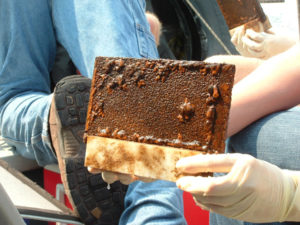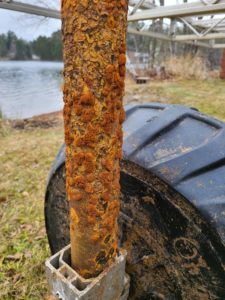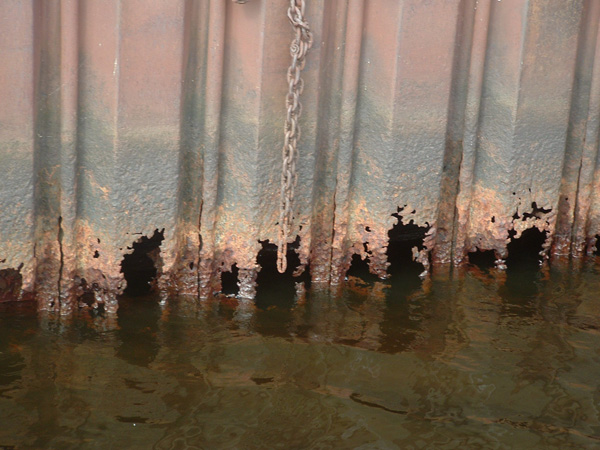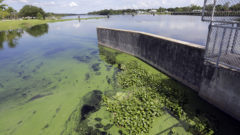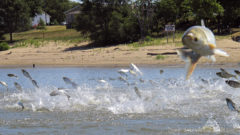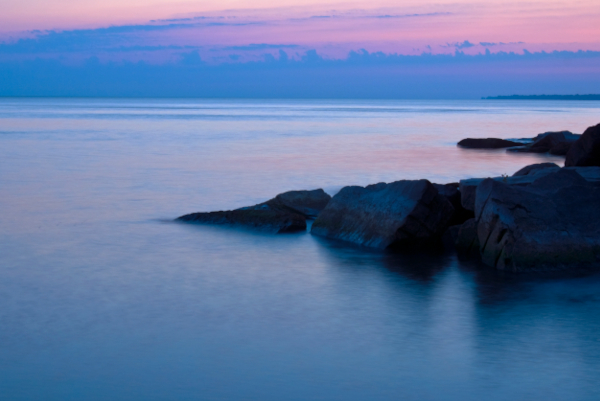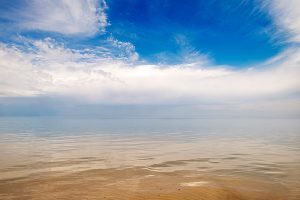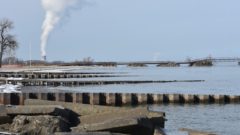Enbridge rejects Michigan’s demand to shut down oil pipeline
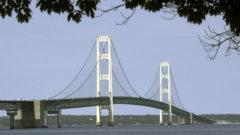
TRAVERSE CITY, Mich. (AP) — Enbridge said Tuesday it would defy Michigan’s demand to shut down an oil pipeline that runs through a channel linking two of the Great Lakes, contending that Gov. Gretchen Whitmer’s decision was based on bad information and political posturing.
Great Lakes Now
https://www.greatlakesnow.org/2021/01/ap-enbridge-rejects-michigan-demand-to-shut-down-oil-pipeline/

 Director’s Note
Director’s Note